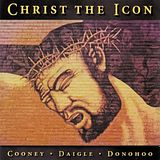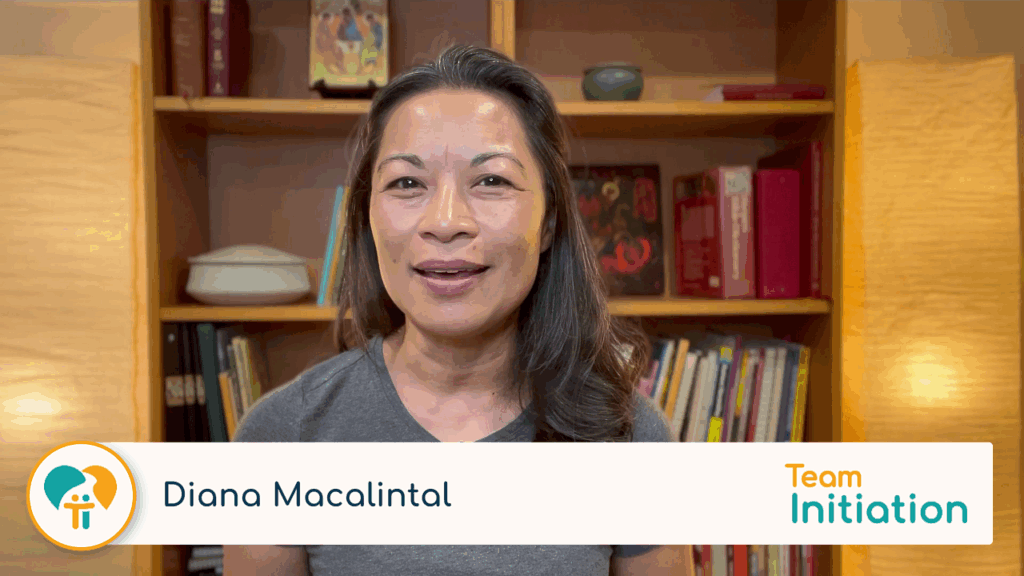 A song Rory Cooney wrote, called “Christ the Icon” (WLP 2005), is well worth listening to and meditating upon. The first time I heard it, on the CD of the same name, I didn’t take much notice of it, to tell the truth. The music was fine, but I didn’t really hear what the song was saying. Then, some time later, I listened to it again with attention, and now I’m finding it thought-provoking.
A song Rory Cooney wrote, called “Christ the Icon” (WLP 2005), is well worth listening to and meditating upon. The first time I heard it, on the CD of the same name, I didn’t take much notice of it, to tell the truth. The music was fine, but I didn’t really hear what the song was saying. Then, some time later, I listened to it again with attention, and now I’m finding it thought-provoking.
It’s a hymn to Christ, the image of God. Beginning with the Philippians’ hymn, and moving through Jesus’ ministry, passion, death and resurrection, the composer shows us “the image of the unseen God” in a way that is true to the revolutionary core of the Christian message. He captures bits of the scriptural witness that testify to Christ’s humility and to the divine mystery hidden in people and things that are lowly, poor and forgotten. God remains “unseen” not just because God is “pure spirit” or some such thing, but because the lowly with whom he has chosen to identify himself are themselves “invisible” in this world.
The gospel ought to direct our gaze to things we would otherwise miss, and our hearts to things we would not otherwise long for. The gospel is revolutionary. Yet the core of it is so easy to forget as we get caught up in the institutionalization of the message. Most of us—and I include myself in this—have either consciously or unconsciously integrated the gospel into the way things are—arranged according to human priorities that create and reinforce the established order. The announcement of God’s reign is about reversals. It turns our assumptions upside down, if we let it. But sometimes we listen to the gospel and don’t really hear it. Or, hearing it, we don’t quite believe it. This is why so many people, when faced with the uncomfortable need for evangelization, would much prefer a process of education.
Listen to “Christ the Icon,” and let its gospel message percolate in you. See if it doesn’t make you rethink a few things about your catechumenate process. Click on the play button below (the large black triangle) and listen to a bit of “Christ the Icon.”


















And that’s why we at St. Anne, where Rory is the pastoral musician, revel in his being here. Not only is he scripturally based, theologically and ecclesiologically Vatican II oriented, but he steadfastly points to the Kingdom value of the Lord’s justice. Ad multos annos, Rory.